Global Marketing Communications Manager
Goodfellow's PR and Media Communications lead.
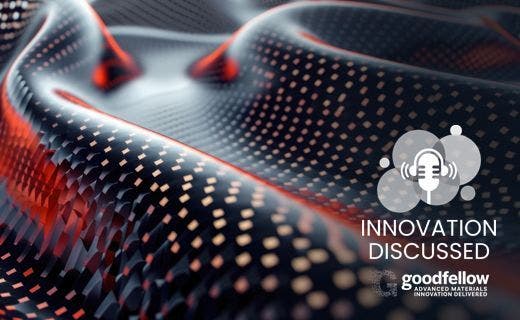
Mark, Adam and Aphrodite take a look at a new soft, sustainable, biodegradable electroactive material referred to as Nanoribbons. Suitable for applications from medical implants to wearable electronics, these low-energy consuming biocompatible materials have been developed by Northwestern University.
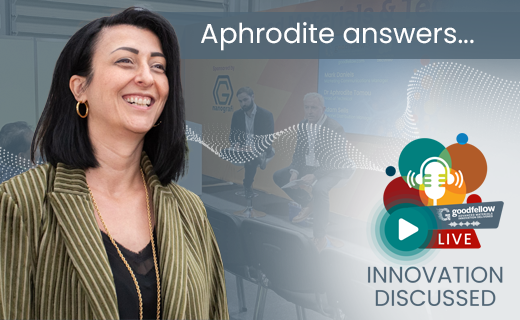
Aphrodite returns to join Mark and Adam to discuss the highlights from Advanced Engineering and answer those questions in more detail - from the impressive electric vehicles on display to the cutting-edge research being conducted at universities like the University of Manchester.
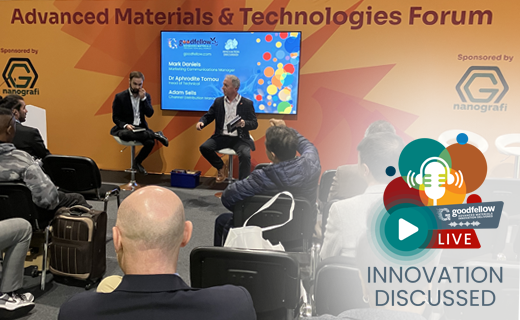
Join Mark Daniels & Adam Sells as they take the Goodfellow podcast on the road, exploring high entropy alloys, nanomaterials, and graphene-infused concrete live!
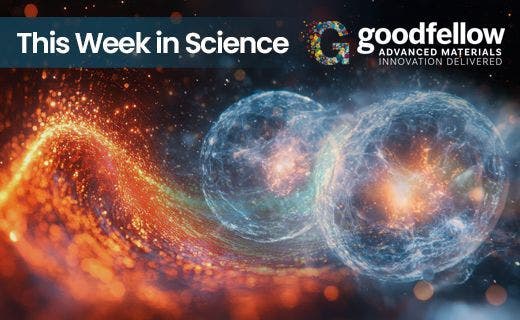
Celebrate Nuclear Science Week (Oct 21-25)! Learn about its impact on clean energy, medicine, modern materials & more. Join virtual events or in person.

This month, Mark, Adam, and Aphrodite sit down and discuss phyisics - specifically, what is the point of it all? In this episode, the team look at how Goodfellow are involved in the experiments that are shaping our understanding of the world around us.
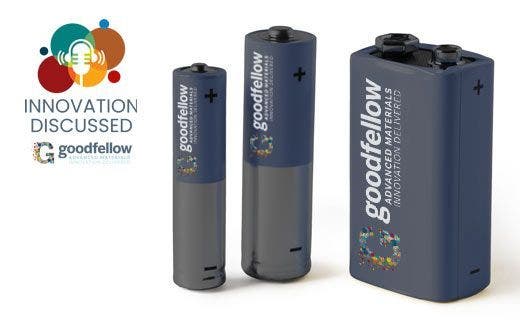
Mark, Adam and Aphrodite sit down this month to discuss the history of battery technology. From the ‘Baghdad Battery’ to conceptual ‘air batteries’, Goodfellow’s hosts cover applications from hearing aids to electric aircraft. You can get involved with the conversation on social media, or email marketing@goodfellow.com with any questions or topics you have for the next podcast episode.

Have you ever wondered how science affects the clothes you wear? In this episode, Mark and Aphrodite talk with Victoria Mataczynski, co-founder of Nanoloom, discuss how they are using graphene to develop an innovative yarn for the production of apparel. Together, the three discuss the benefits of using this groundbreaking science to produce the next generation of clothing.
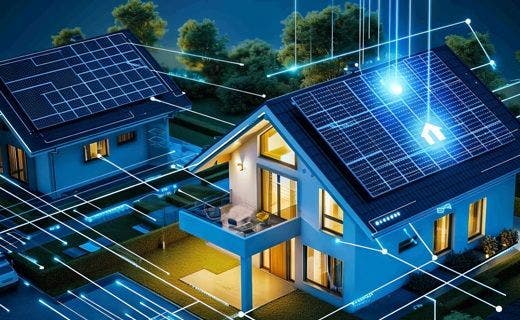
Solar cells are devices that convert energy from the sun into electricity without the use of any mechanical parts. Sunlight is made up of small energy particles known as photons, which can be absorbed into semiconductor material in a solar cell. Inside the solar cell, the energy from the photos is converted into electrical energy.

Materials that can withstand scorching temperatures, resist the harsh vacuum of space, and offer remarkable electrical properties. This isn't some futuristic invention; it describes ceramics, remarkably versatile materials that have been around for millennia. Today, ceramics are playing a crucial role in space exploration, showing how ancient materials can still be on the cutting edge of technological achievement.